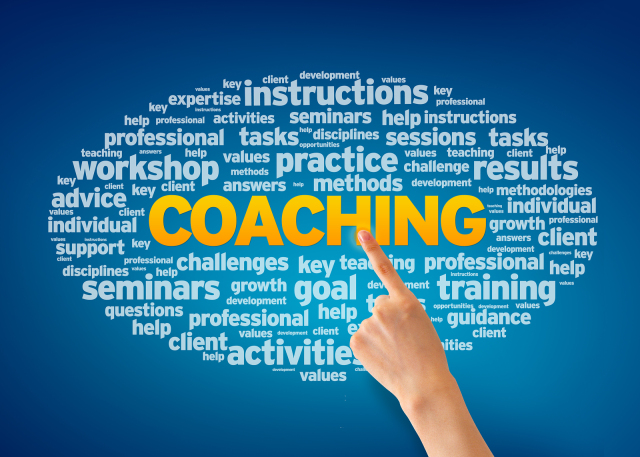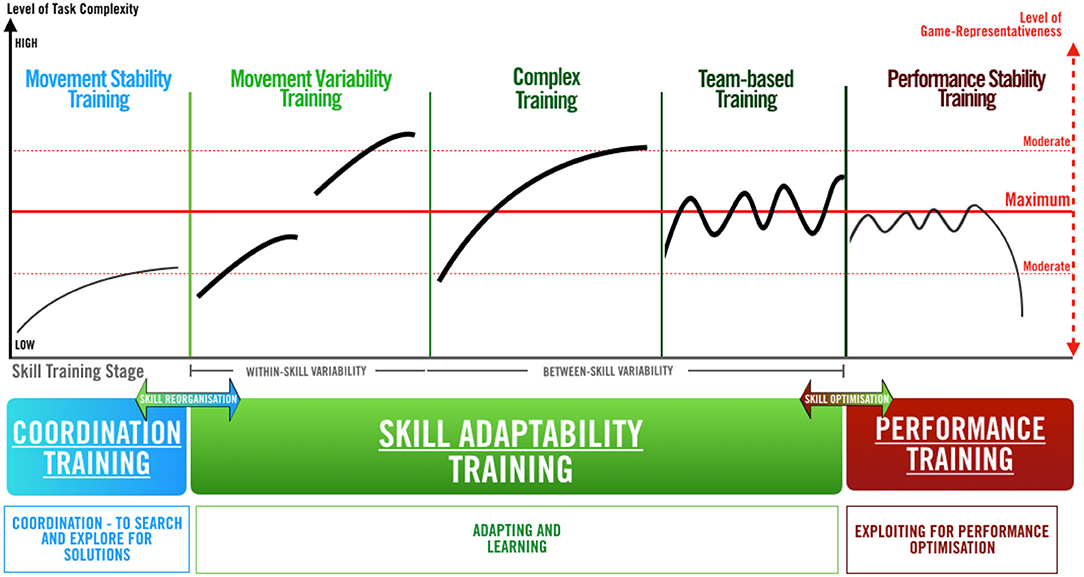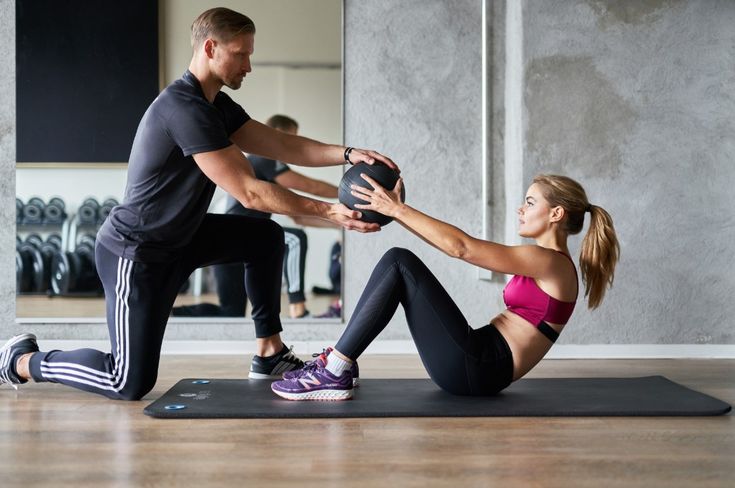
Communication: The Hidden Skill Every Great Coach Has
Introduction: Coaching Is a Conversation, Not a Command
When people think of great coaches, they imagine the ones who shout, motivate, and push athletes to their limits. But the most effective coaches don’t just talk — they communicate. Behind every great athlete is a coach who knows how to listen, adapt, and deliver the right message at the right time. In strength and conditioning, communication isn’t a “soft skill” — it’s a performance skill that shapes trust, effort, and long-term development.
1. Coaching Is More Than Giving Instructions
Anyone can write a workout plan. But not everyone can get an athlete to believe in it, follow it, and execute it with intent. Great coaches understand that the way information is delivered changes how it’s received. A simple cue like “drive through the floor” can mean nothing or everything — depending on tone, timing, and context.
“Coaching without communication is programming without purpose.”
— NASC Coach Development Principle
Tip: Simplify your cues. One clear instruction during a lift is worth more than five technical paragraphs.
2. The Science of Listening
The best communication doesn’t start with talking — it starts with listening. Athletes constantly give feedback through words, movement, and behaviour. A coach who listens learns when to push harder and when to pull back. Research in sport psychology shows that athletes who feel heard show higher motivation, better compliance, and lower injury rates.
Tip:
-
Ask questions during debriefs (“How did that set feel?”).
-
Observe non-verbal cues (body language, breathing, tone).
-
Listen to the silence — sometimes fatigue speaks louder than words.
3. Adjusting to Athlete Personalities
No two athletes respond the same way to feedback. Some thrive on direct confrontation. Others shut down under pressure. A skilled coach tailors their communication style based on personality, emotional state, and learning preference:
| Athlete Type | Best Coaching Approach |
|---|---|
| Analytical (Thinks deeply) | Explain the why behind training decisions |
| Emotional (Driven by feeling) | Offer reassurance and emotional connection |
| Kinesthetic (Learns by doing) | Use physical cues and demonstrations |
| Independent (Self-motivated) | Give autonomy and ask reflective questions |
Tip: Know your athlete’s profile. Communication that motivates one can demotivate another.
4. The Power of Non-Verbal Communication
Studies show that up to 70% of communication is non-verbal. Your facial expressions, posture, and presence send messages even when you don’t speak. A confident, calm coach projects safety and control — especially under competition pressure. Conversely, a distracted or frustrated coach transmits anxiety to the team.
Tip:
-
Maintain eye contact when giving key cues.
-
Stand tall, neutral, and open — it signals authority and composure.
-
Match your body language to your message: calm when teaching, energetic when motivating.
5. Feedback: Turning Words Into Progress
Feedback bridges the gap between performance and improvement. But effective feedback is specific, timely, and actionable.
Compare these two examples:
❌ “Good job.”
✅ “Good job keeping your hips down — that’s why your pull was stronger.”
One builds awareness, the other builds nothing.
Tip:
-
Use the 3-Step Model:
-
Observe the action.
-
Describe what you saw.
-
Prescribe a single correction or cue.
-
-
Deliver corrections privately when possible; praise publicly when earned.
6. Building Trust: The Foundation of Every Message
No amount of science matters if the athlete doesn’t trust the coach. Trust is built over time through consistency, honesty, and empathy. When athletes believe their coach genuinely cares — they commit. That’s when communication becomes connection.
Tip:
-
Keep promises (be on time, follow up on concerns).
-
Admit when you don’t know something — integrity builds credibility.
-
Celebrate progress, not just perfection.
“Athletes don’t care how much you know until they know how much you care.”
— NASC Coaching Philosophy
7. Technology and Communication in the Modern Era
Apps, trackers, and analytics have changed the way coaches collect data — but they’ve also changed how they communicate it. Numbers mean nothing without narrative.
A coach must interpret data in human terms:
“Your velocity dropped 10% today” means nothing unless followed by, “Let’s adjust your load so you can recover faster for the next session.”
Tip: Use data as a conversation starter, not a command.
Conclusion: Coaching Is Connection
The art of coaching lives in the space between science and humanity. Great programs fail without clear communication; average programs succeed with it. At NASC, we teach that communication is not secondary to programming — it’s part of performance science. Because when words align with intent, data aligns with action — and that’s when real transformation happens.
References
-
Jowett, S., & Cockerill, I. (2003). Olympic medalists’ perspective of the coach–athlete relationship. Psychology of Sport and Exercise.
-
Lyle, J. (2002). Sports Coaching Concepts: A Framework for Coaches’ Behaviour. Routledge.
-
Weinberg, R. S., & Gould, D. (2019). Foundations of Sport and Exercise Psychology. Human Kinetics.



